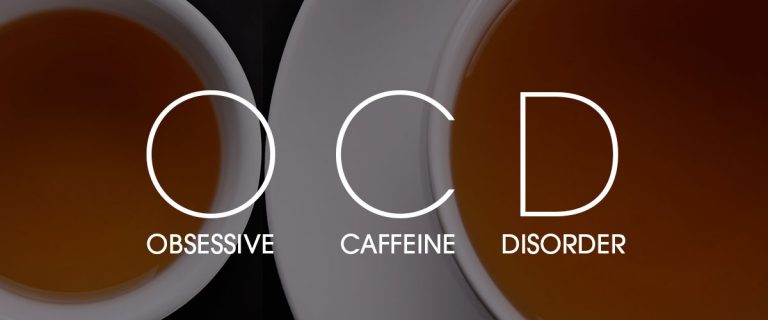The amount of caffeine in tea depends on the plant cultivar, type of tea, season of plucking, and the duration of infusion. Here’s a table with the approximate caffeine content in various beverages:

Caffeine: Tea vs Coffee
Dry tea leaves have more caffeine content than coffee beans. However, while steeping tea leaves, only a partial amount of caffeine is extracted. Whereas with coffee, a lot more caffeine is extracted from coffee beans during infusion. The disclaimer is that that amount of caffeine in both tea and coffee is determined by multiple factors like plant terroir, variety, quantity, and infusion time.
Caffeine in green tea
Yes. Green tea, like black, white and oolong varieties are all derived from the leaves/buds of the same plant Camellia sinensis. The caffeine content in the dry tea leaves across all these varieties is relatively the same. However, the amount of the caffeine actually present in a cup is greatly affected by the tea variety, infusion time, and quantity of leaves used for the brew.
A cup of green tea contains approximately 20-45mg caffeine, which is lower than black tea (approximately 50mg) and coffee (approximately 90-95mg). This is an optimum amount of caffeine and can help boost brain activity. In addition to caffeine, green tea contains L-thianine which augments the activity of the inhibitory neurotransmitter GABA, which has anti-anxiety effects.
For more on the subject, read Peter GW Keen’s post on Still Steeping – Caffeine in your tea? Stop worrying!

Comments are closed.